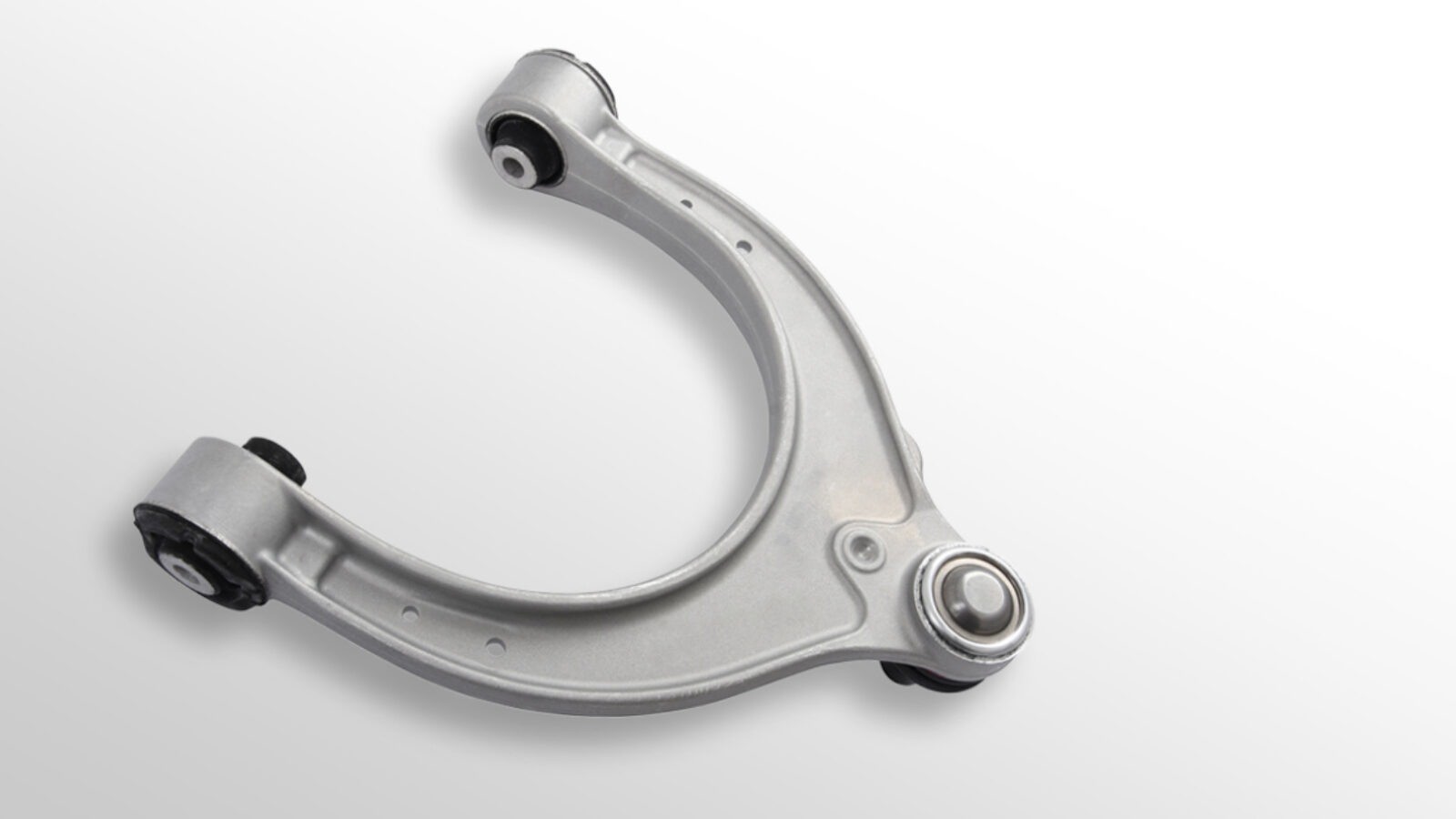Orders Above £25 free Delivery
Quality made brands
Orders Above £25 free Delivery
Quality made brands
Search by registration number
VIN number / Chasis number




These images show various control arm designs and their role in linking the chassis to the wheel; they illustrate typical shapes and mounting orientations.
Supports the bottom of the wheel hub, often carries most load. Common on MacPherson strut and double wishbone setups.
Used in double wishbone suspensions; works with lower arm to locate the wheel vertically and control camber.
Triangular-shaped arm providing stable geometry; may be upper or lower. Common in performance and luxury vehicles.
Mounts longitudinally, controlling fore-and-aft wheel movement; often used in rear suspensions.
Consists of several links working together for refined wheel control and separation of forces—common in advanced rear or front setups.
Control arms are connected between the chassis/subframe and the wheel hub assembly. Key interface components:
Regular inspection of control arms should be part of routine suspension maintenance—typically every service interval or when symptoms appear.
When to replace: Replace control arms if bushings or ball joints show significant play, if the arm is bent/damaged, or if alignment cannot be maintained. Best practice is replacing both sides on the same axle for symmetry.
Failing control arms can lead to compromised handling, accelerated tire wear, and in severe cases, loss of wheel control—posing safety risks.
Understanding control arm types, proper fitment, timely inspection, and replacement keeps your vehicle safe, predictable, and comfortable. Regular checks and using quality components prevent breakdowns and extend overall suspension life.